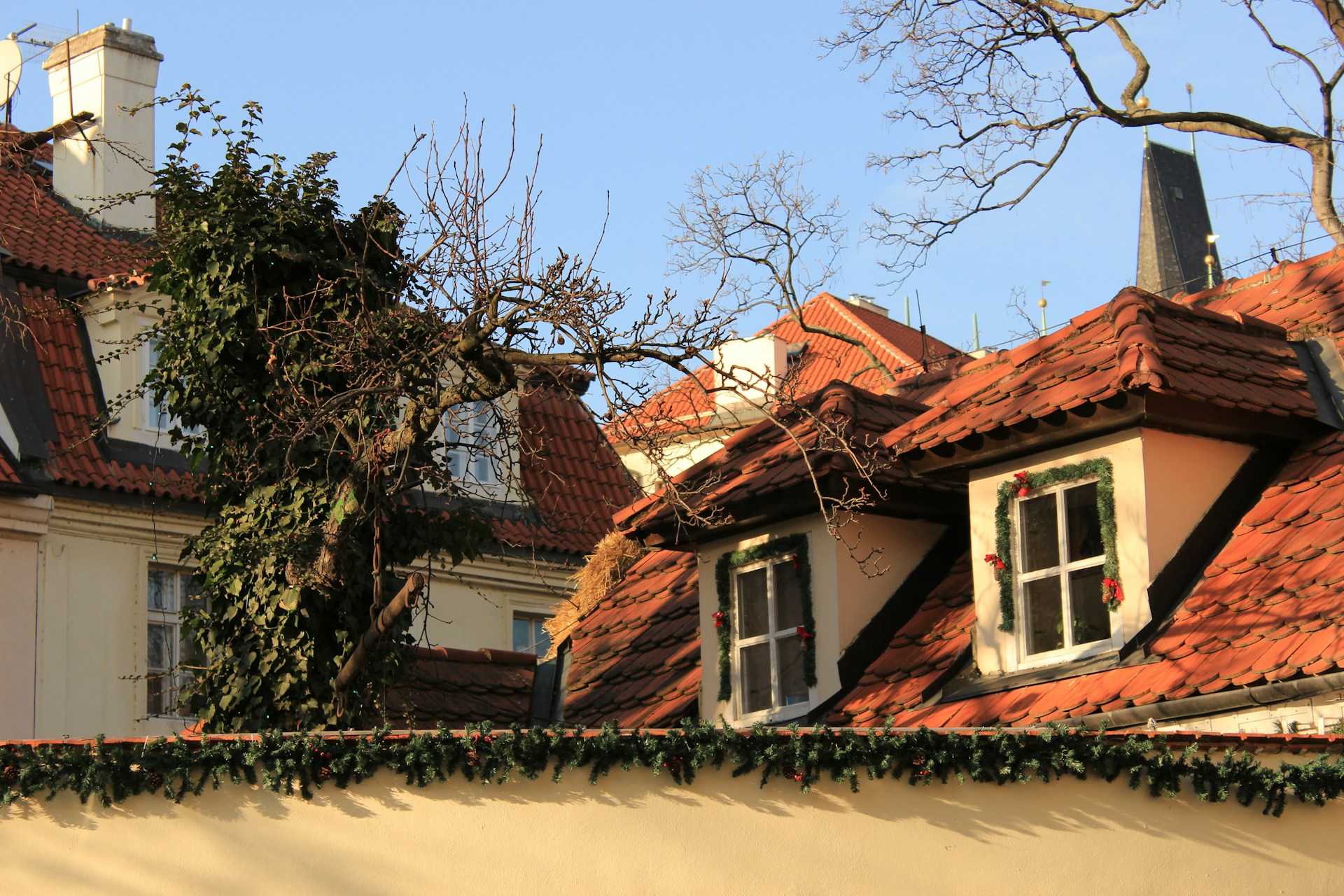A toppled tree can turn a calm block into a strained morning. Branches sprawl across grass, sirens fade, and the real work begins. Who pays, who cleans, and how fast it happens depend on why the tree fell, what it hit, and what the policies say. Storms point one way. Neglect points another. Insurers follow evidence more than opinions. With clear photos, steady communication, and a little patience, most neighbors resolve the mess without burning the bridge next door.
Cause Sets The Rules

Liability starts with cause. If wind, lightning, wildfire, or hail bring down a healthy tree, insurers usually treat the loss as an accident on the impacted owner’s policy. Negligence changes the picture. A visibly rotting trunk, dead limbs, or ignored warnings can shift costs to the tree’s owner. Establishing why the failure happened guides every decision that follows, from who files which claim to how cleanup is funded and how quickly repairs actually begin.
Acts Of Nature Or Negligence
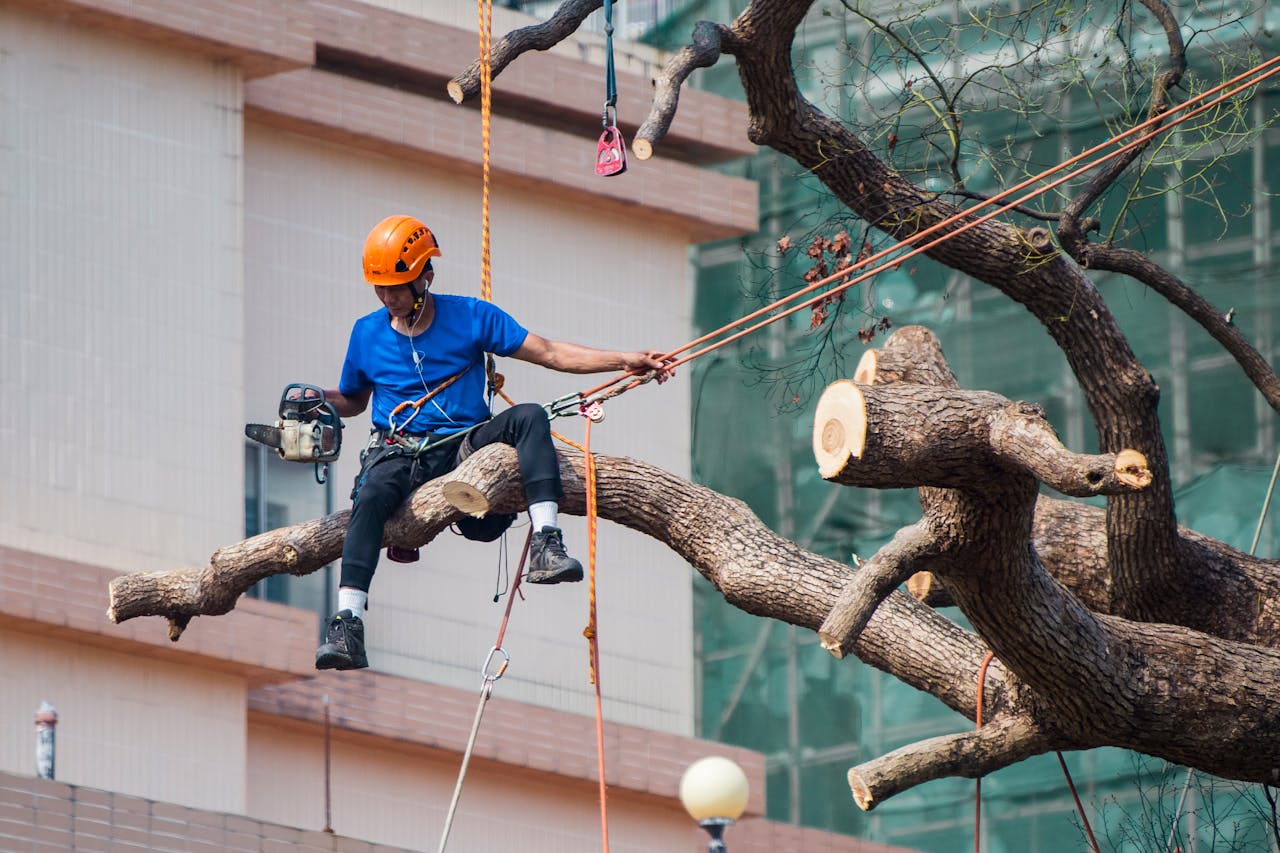
Claims teams draw a clear line between covered peril and preventable decay. When a healthy tree snaps in severe weather, the affected homeowner’s policy typically responds after the deductible. If mushrooms, trunk cavities, or long dead branches were obvious, adjusters may call it neglect. That can trigger liability for the owner who skipped maintenance. Photos over time, arborist notes, and prior notices help show whether the fall was fate or a risk no one addressed.
How Insurers Decide Fault
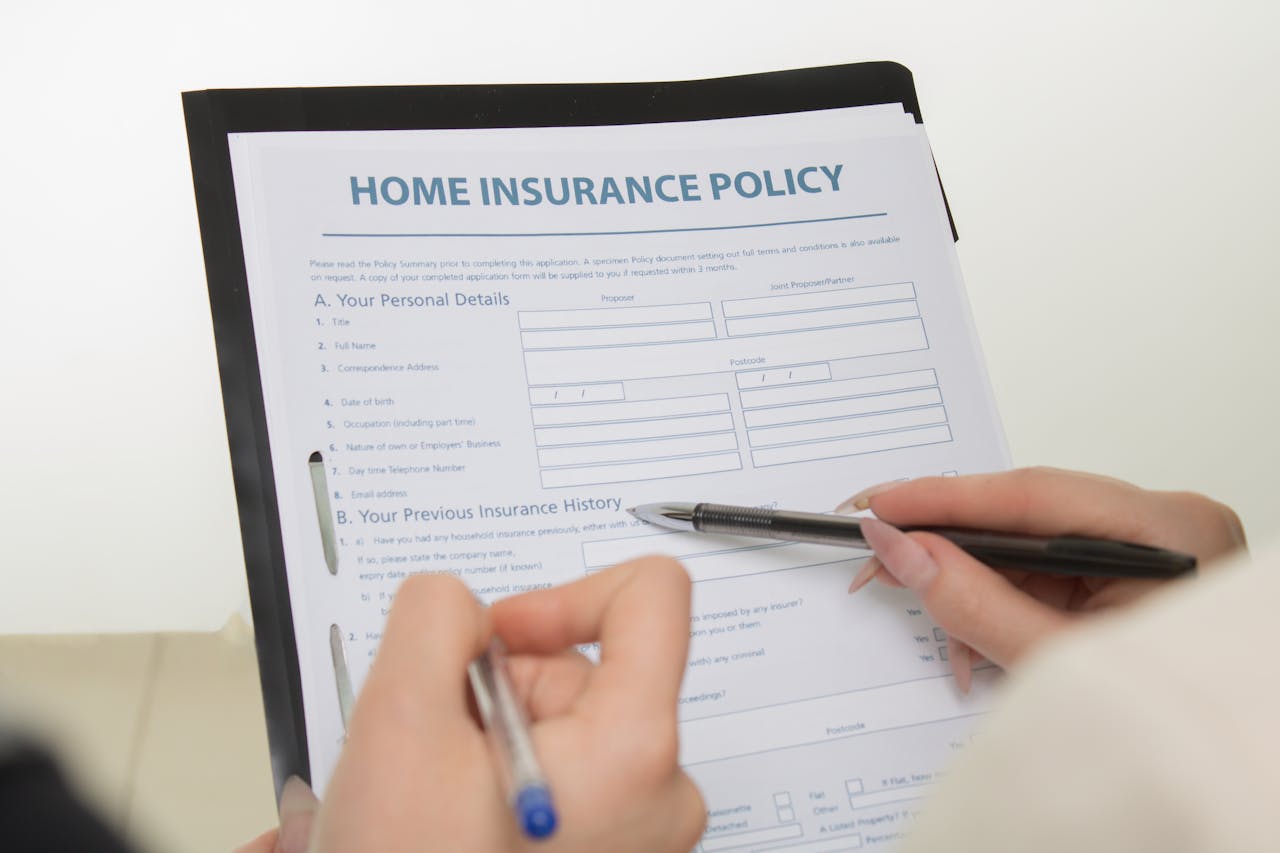
Adjusters document root health, canopy care, and recent pruning, then pair that with weather data. If evidence shows a covered peril, the impacted owner’s policy pays and may pursue subrogation only if negligence surfaces. When neglect is proven, a neighbor’s carrier can be on the hook. If coverage is missing or limits are thin, small claims court may settle the rest. In every path, organized records move faster than long arguments.
When There’s No Structural Damage

Sometimes the trunk stops in the yard and hits nothing. In those cases, removal often belongs to the homeowner where the debris lies. Out of pocket costs can apply. Delaying cleanup risks pests, tripping hazards, and lawn damage. Quick, safe removal with dated photos and a detailed invoice preserves options to recover limited costs later if coverage or negligence is confirmed. Speed matters, and tidy documentation keeps doors open with insurers.
If A Covered Structure Is Hit

Coverage improves when a roof, fence, garage, or shed takes the blow. Many homeowner policies contribute a set amount toward removal when a covered peril causes the fall, often from 500 to 1,000 dollars, alongside repairs for direct damage. Adjusters confirm where the tree landed and which structures are listed. Clear photos of impact points and immediate steps like tarping help contain loss, shorten disputes, and get contractors scheduled sooner.
Utilities And Shared Infrastructure
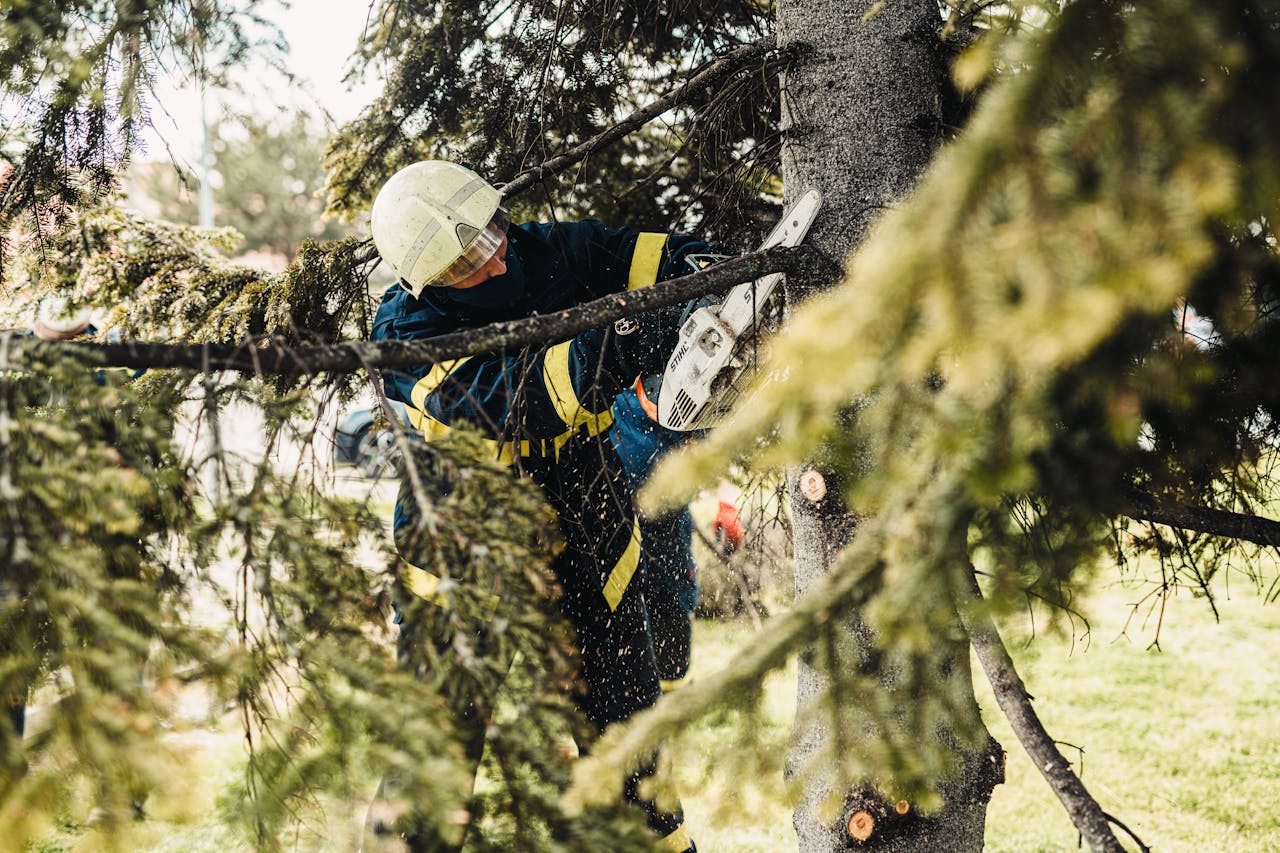
Downed limbs can threaten power drops, gas lines, ramps, or key access paths. Utility crews, cities, or an HOA may step in to stabilize hazards first, then sort costs with insurers afterward. Keep timestamps, crew names, and notices. Safety beats blame in the early hours. Temporary measures like traffic control, cordons, and emergency cuts often happen before any fault decision. Those records later explain why work began before claims were assigned.
Documenting The Scene
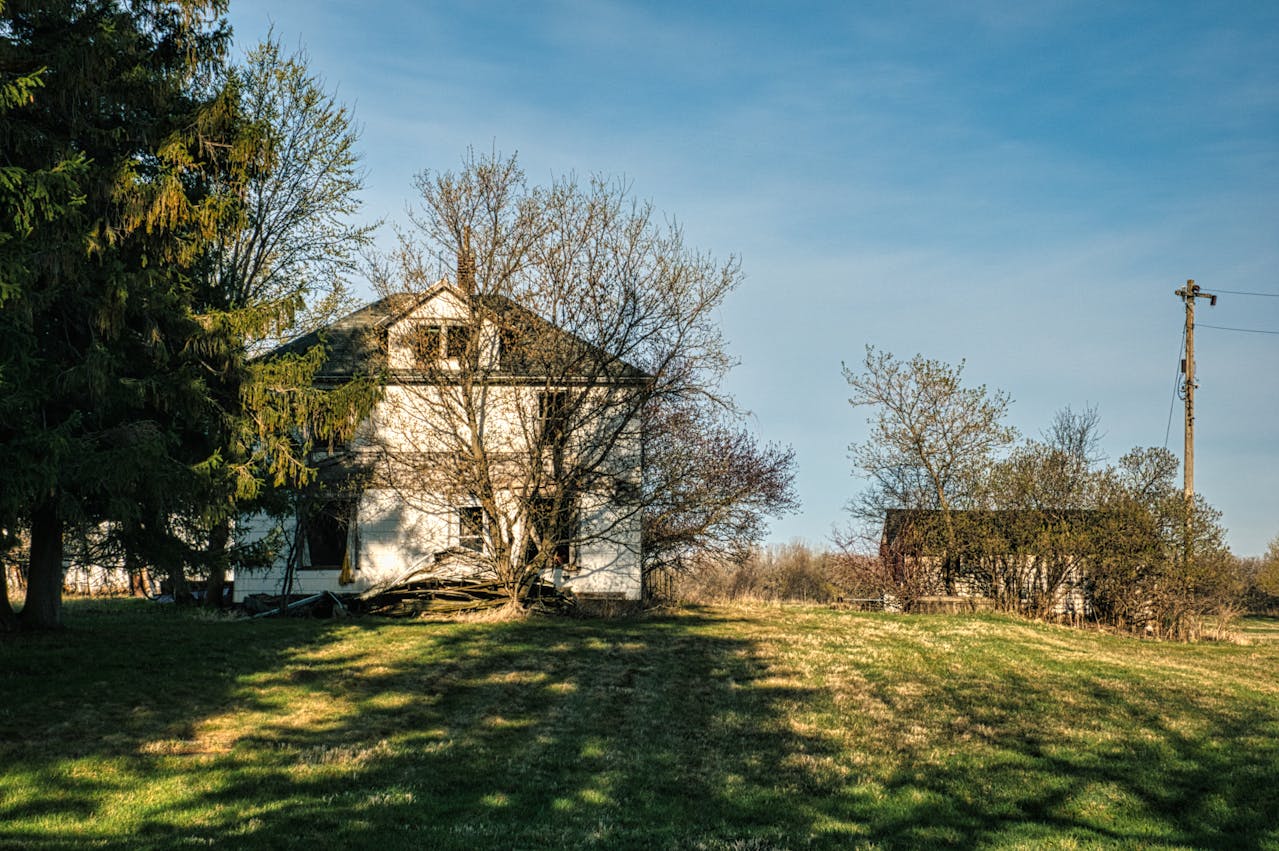
Facts beat frustration. Capture the stump, torn roots, fungus, peeling bark, and long dead branches. Save weather reports, arborist letters, and any prior emails about risky limbs. Keep estimates, invoices, and claim numbers in one file. Good documentation strengthens coverage decisions, supports subrogation, and limits back and forth. If the case reaches court, that same file shows a clear timeline from fall to cleanup, with costs and evidence lined up.
Starting The Neighbor Conversation

Tone sets the path. A brief written note with photos explains the scope and invites cooperation. Sharing the insurer’s contact, the claim number, and any temporary needs keeps the focus on progress. Agreeing on hazard removal first prevents secondary damage. Swapping short lists of reputable contractors lowers cost and stress for both sides. After the branches leave the curb, neighbors still share a fence line, a sidewalk, and daily routines.
When Insurance Is Missing

Gaps happen. If a neighbor lacks coverage or refuses to file, repairs cannot wait. The homeowner usually proceeds, then seeks reimbursement for the negligent share. Installments, partial waivers, or sharing an arborist can end stalemates and protect property values. If talks fail, small claims court weighs visible decay, prior warnings, and basic care standards. Keep it factual, not punitive. Courts respond to records, not long speeches about fairness.
Prevention That Works

Most disputes end before storms arrive. Regular pruning, removal of diseased trees, and attention to mushrooms, hollow sounds, or peeling bark cut risk. Limbs that scrape shingles or hover over driveways deserve early care. Jointly funding work on a borderline tree is often cheaper than an emergency crane in heavy rain. Annual arborist checks and simple maintenance logs turn a potential liability into ordinary upkeep that keeps roofs safe.
What About Boundary Trees

When a trunk straddles the line, ownership and responsibility can be shared. Local rules vary, but the same core steps apply. Determine health, identify cause, and document what was damaged. If both sides ignored warnings, liability may be allocated. Written agreements on pruning schedules, access, and emergency contacts reduce friction. A shared plan keeps a shared tree from becoming a shared headache when wind or time finally tests it.
